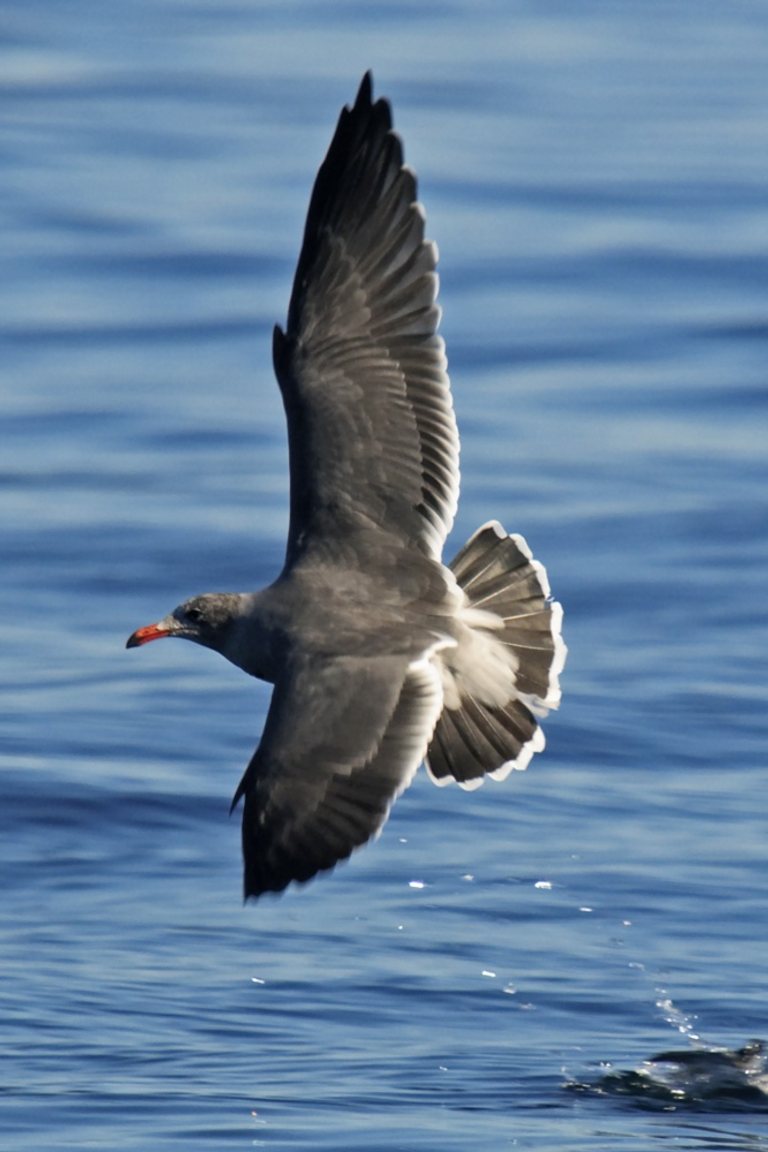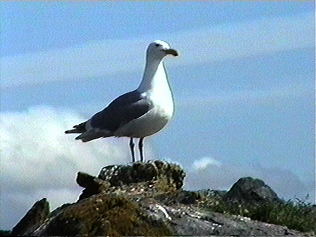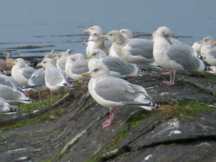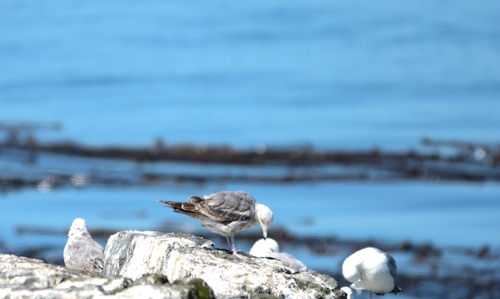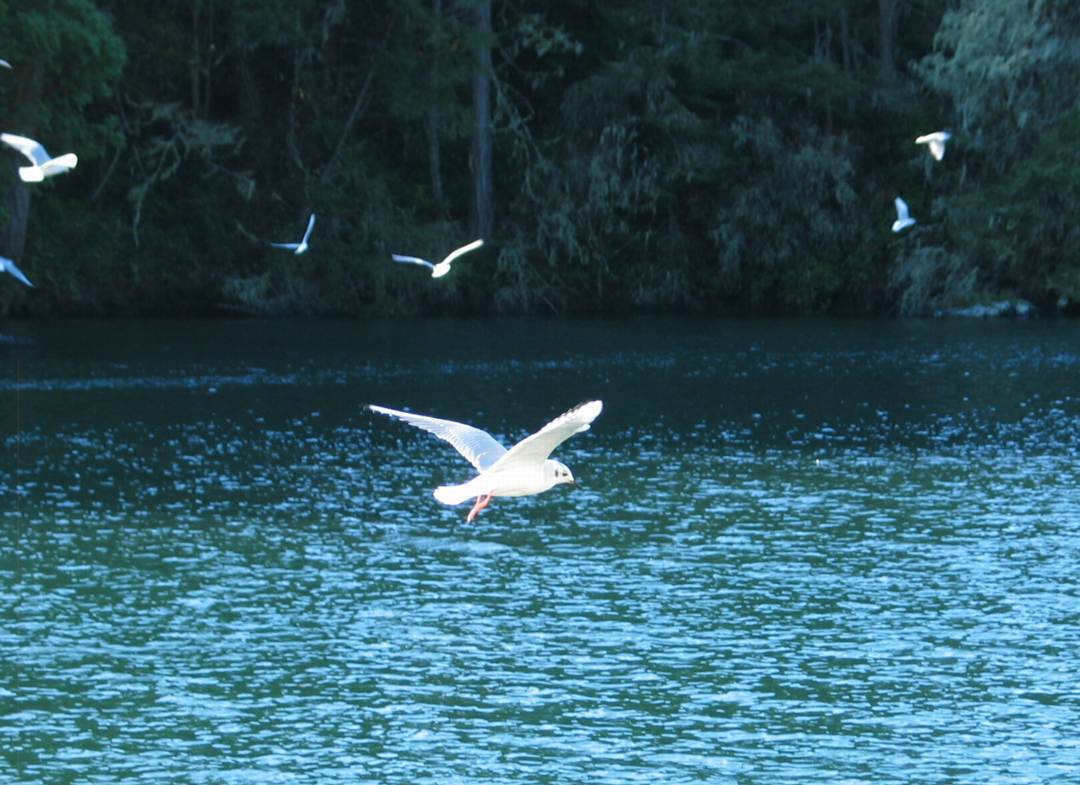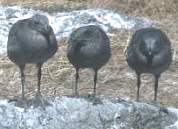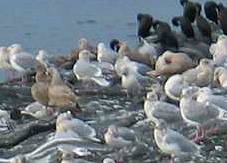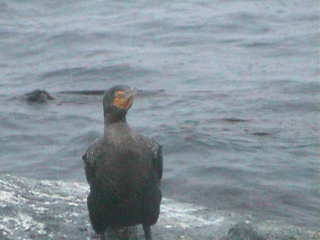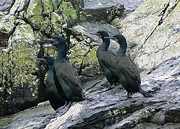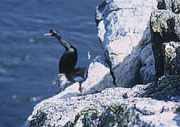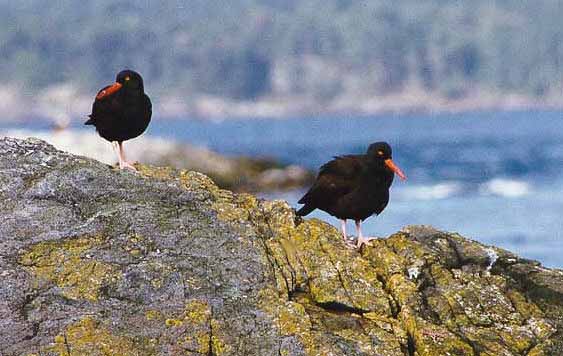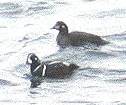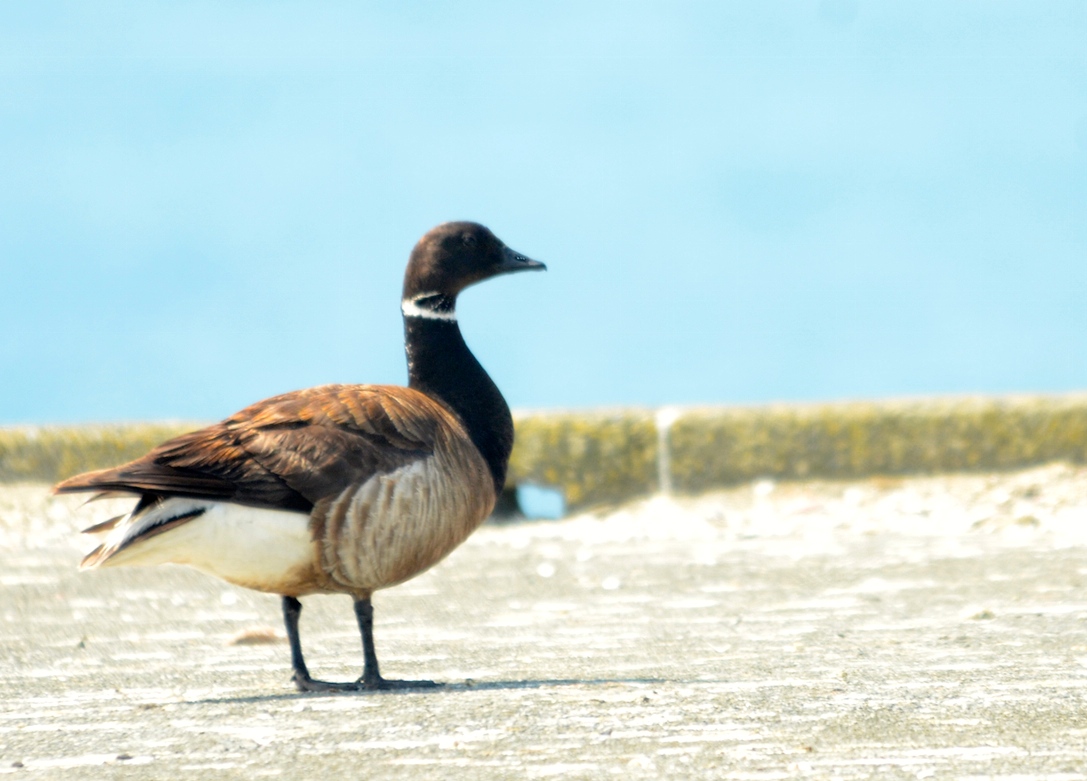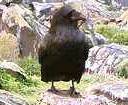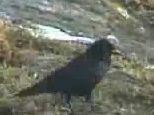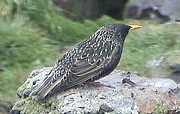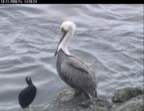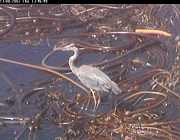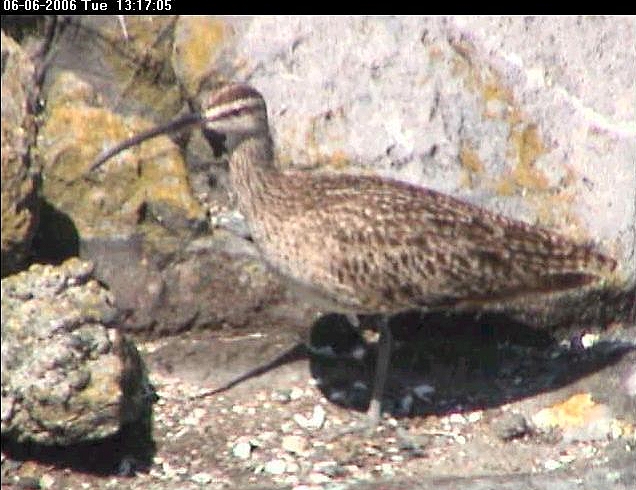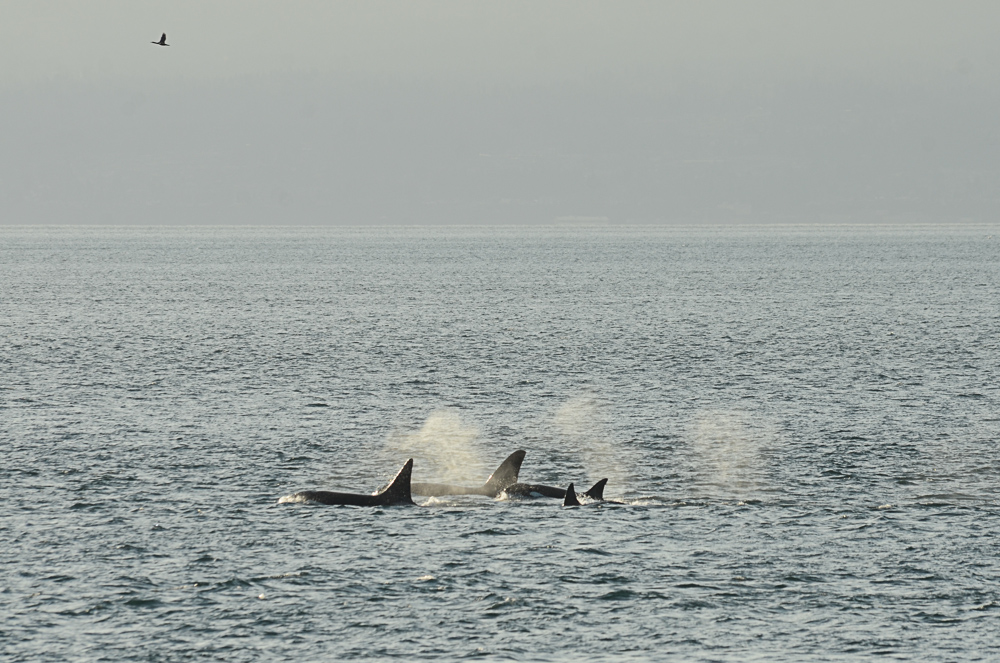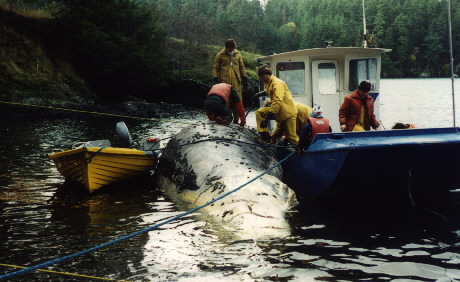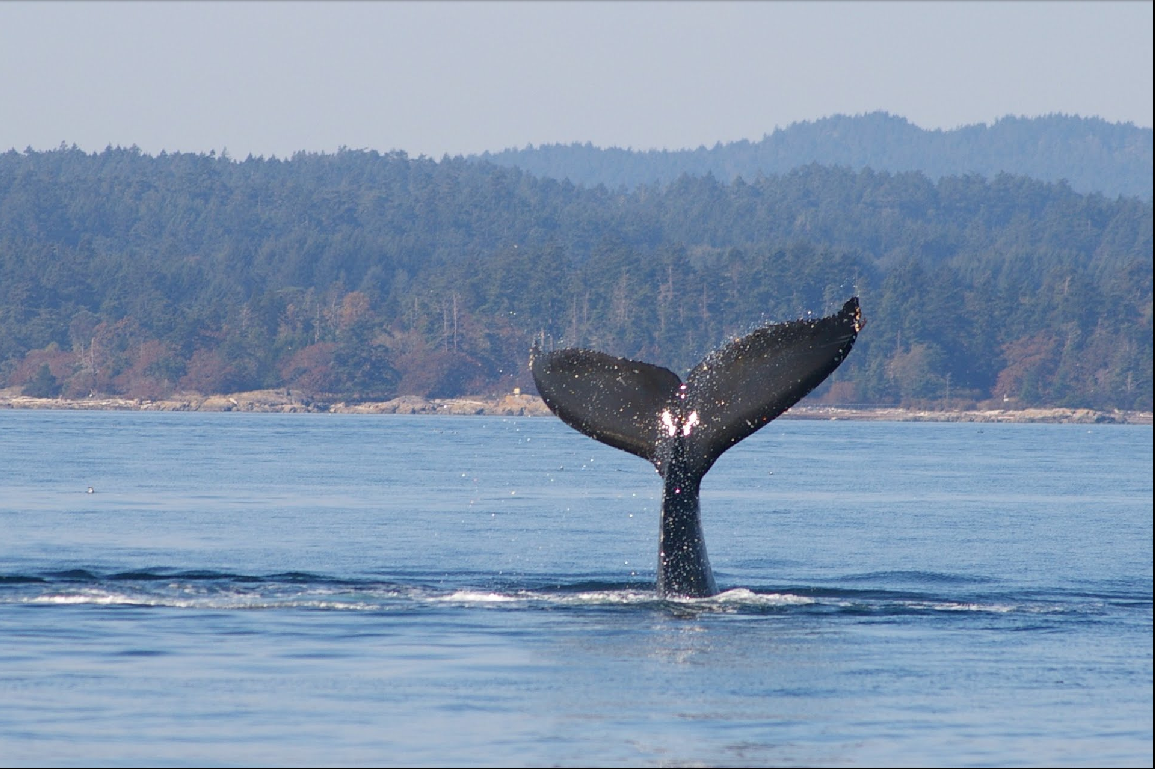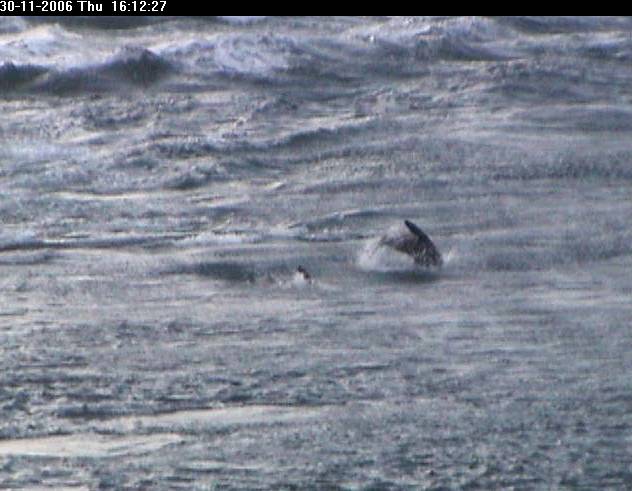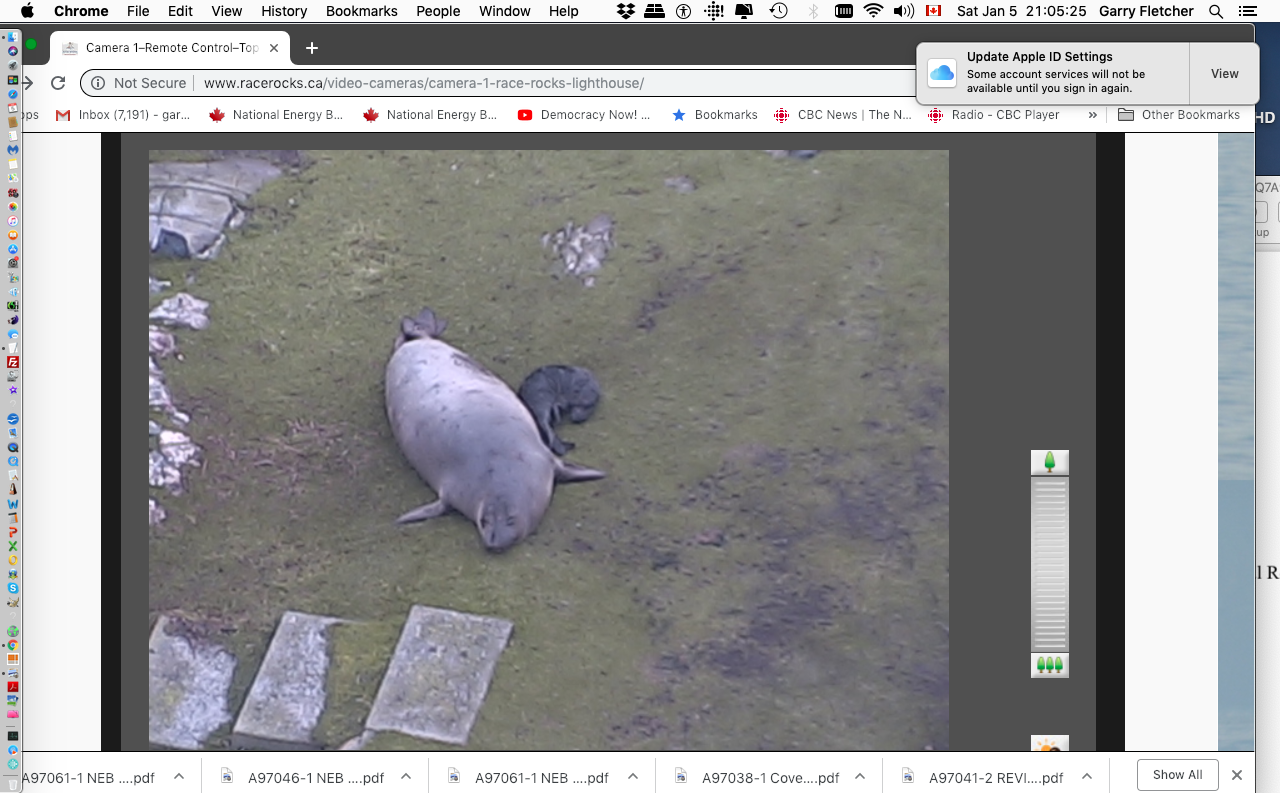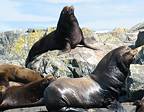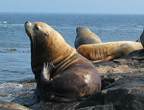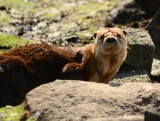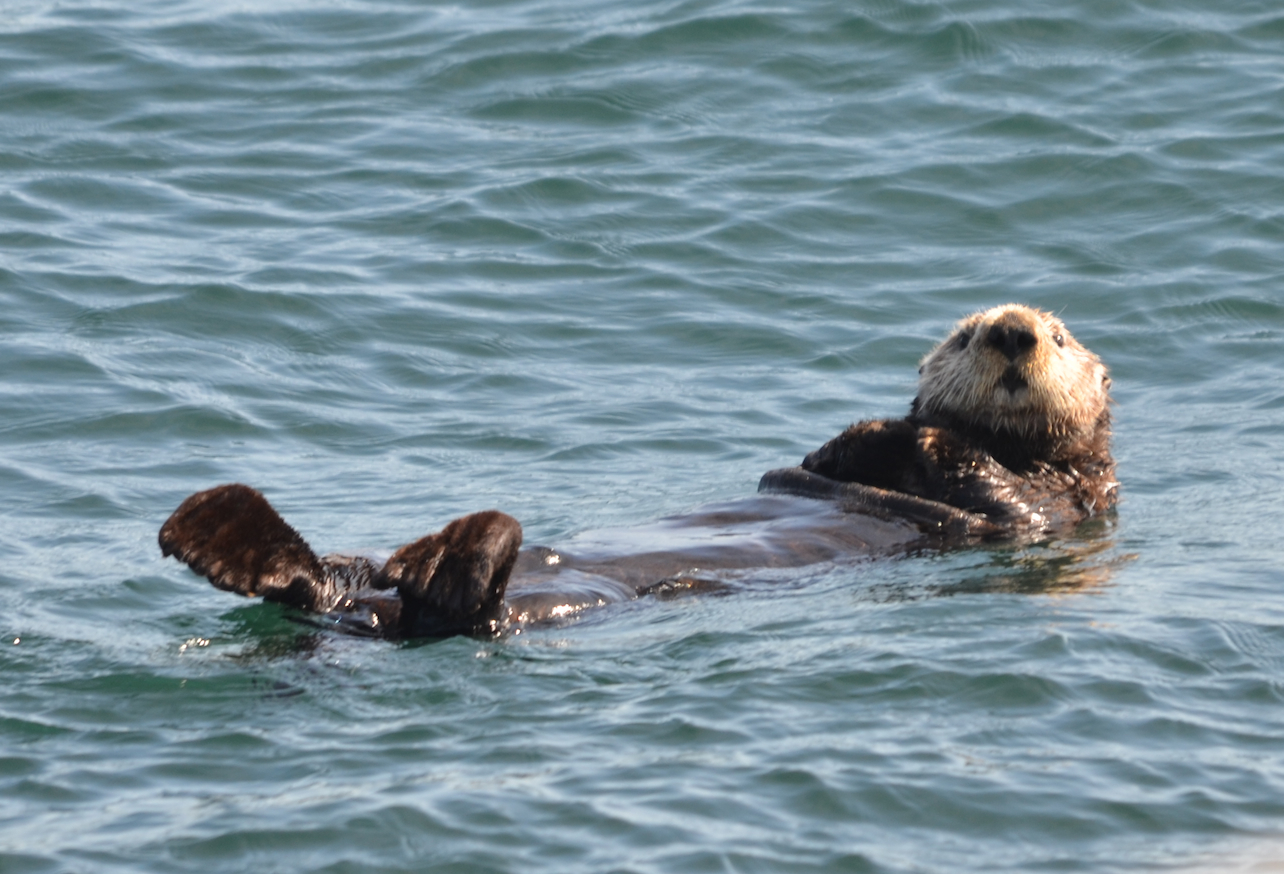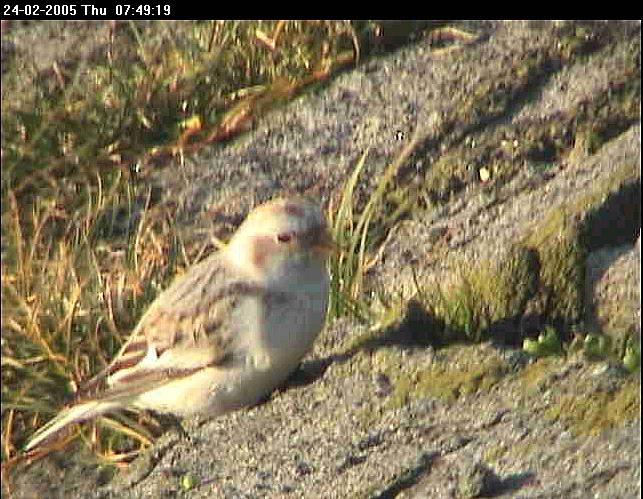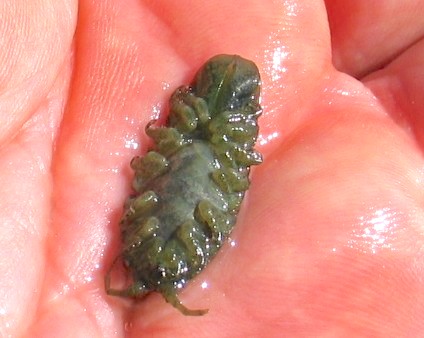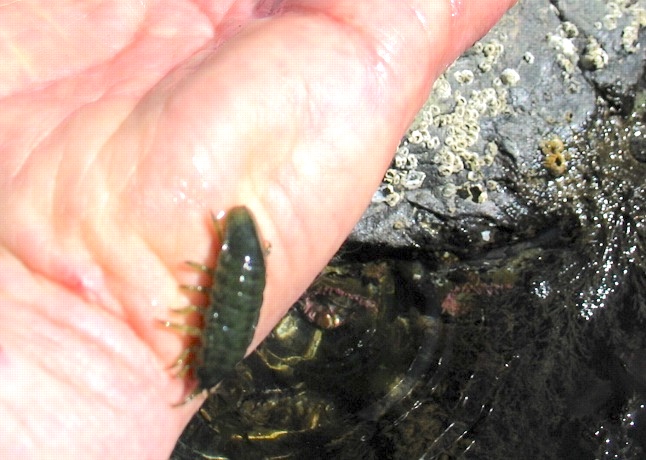Humidity as an Abiotic Factor at Race Rocks
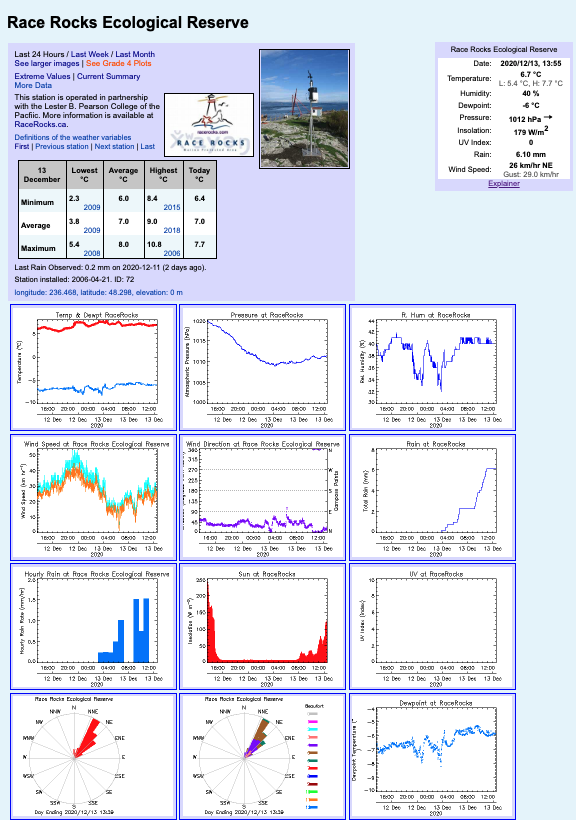 The current Humidity, measured by a sensor 1.5 metres above the rock surface at Race Rocks. Humidity in concert with Temperature, Sunlight and Wind is an important factor which all organisms have to tolerate or adjust to at Race Rocks. The humidity changes widely in a number of micro ecosystems, even in the intertidal area, such as in crevices and under vegetation.
The current Humidity, measured by a sensor 1.5 metres above the rock surface at Race Rocks. Humidity in concert with Temperature, Sunlight and Wind is an important factor which all organisms have to tolerate or adjust to at Race Rocks. The humidity changes widely in a number of micro ecosystems, even in the intertidal area, such as in crevices and under vegetation.
See the graph of today’s humidity at Race Rocks. Also the humidity for the past week and month are available on that page….victoriaweather.ca
TODAY’S HUMIDITY
THIS PAST WEEK’S HUMIDITY
THIS PAST MONTH’S HUMIDITY
The Dew Point:
Dew points indicate the amount moisture in the air. The higher the dew points, the higher the moisture content of the air at a given temperature. Dew point temperature is defined as the temperature to which the air would have to cool (at constant pressure and constant water vapor content) in order to reach saturation. A state of saturation exists when the air is holding the maximum amount of water vapor possible at the existing temperature and pressure.
When the dew point temperature and air temperature are equal, the air is said to be saturated. Dew point temperature is NEVER GREATER than the air temperature. Therefore, if the air cools, moisture must be removed from the air and this is accomplished through condensation. This process results in the formation of tiny water droplets that can lead to the development of fog, frost, clouds, or even precipitation.
Relative Humidity can be inferred from dew point values. When air temperature and dew point temperatures are very close, the air has a high relative humidity. The opposite is true when there is a large difference between air and dew point temperatures, which indicates air with lower relative humidity. Locations with high relative humidities indicate that the air is nearly saturated with moisture; clouds and precipitation are therefore quite possible. Weather conditions at locations with high dew point temperatures (65 or greater) are likely to be uncomfortably humid.
TODAY’S DEWPOINT
THIS PAST WEEK”S DEWPOINT
THIS PAST MONTH”S DEWPOINT
